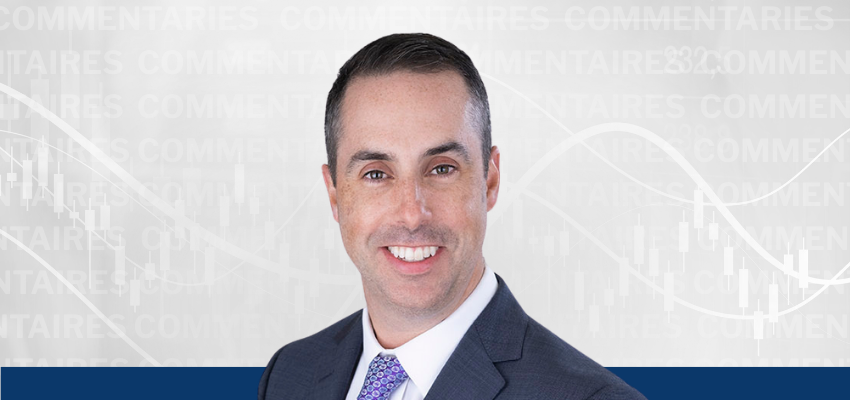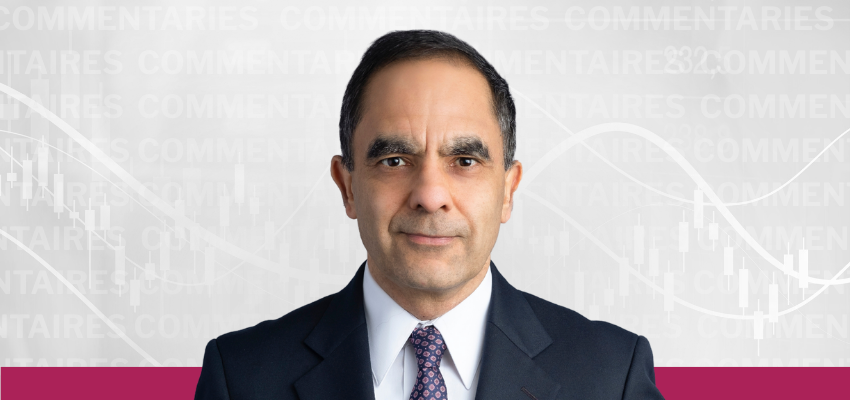The Pender Corporate Bond Fund returned 0.9%[1] in February, which was a positive month for the bond market overall.
Top contributors to the month’s return included a few distressed lines, including the bonds of Spirit Airlines, Inc. which rallied on a bid for the restructuring airline from competitor Frontier Airlines. Also performing were some key convertible bond positions, including Opko Health, Inc., which rallied to over 160% of face value. At these levels we reduced the Opko stake, which was originally purchased at par a year ago. Further strength came from longer-dated investment grade securities as yields along the curve fell during the month.
Offsetting the generally positive performance, to a degree, were a few positions aligned with clean energy, such as Stem, Inc. and Sunnova Energy International Inc. Our credit position in Emergent BioSolutions, an entity dependent on government business, also weakened as risks related to US federal contracting activities developed. We believe that our positions in these areas are robustly supported by attractive enterprise valuations.
A Great Rotation in the Offing
Risk on. Risk off. To overhear the chatter from the trading desk, you would believe that is how capital markets behave. There are supposedly “good days,” when risk assets go up, and “bad days,” when risk assets go down. Traders say that they are either long or short “risk.” But life, truly, is a little more complicated than this.
It is fairer to say that there are moments when leadership amongst stocks and bonds rotates from the top performing group of securities to other sectors, asset classes or companies. Was the blow-off top of Cisco Systems, Inc., which traded at $80 per share on March 27, 2000, the death knell for all North American equities of that time? Well, it certainly wasn’t for Duke Energy Corporation. The regulated utility shares had gone nowhere for four years leading into the spring of 2000, yet a little more than 12 months later its stock had increased from $44 per share to more than $80. The 2000 era stock market did not die, its leadership just moved from one sector to another.
And that discussion brings us to the market we face today. Some equities, in particular large cap US growth stocks, are extremely expensive. By similar measure, credit spreads of larger US high yield bond issuers are also near the lowest levels in a decade. But the face-melting momentum of these leadership groups is fading. Nvidia Corporation, an apparently popular company involved in a field of computing known as “artificial intelligence,” has seen its stock go precisely nowhere for the past eight months. And US high yield index spreads are actually about 20 basis points higher than they were 90 days ago.
Could the capital markets be on the verge of a change in leadership? And if so, what sectors and asset classes might supply the next best set of opportunities?
We like to think the best rotation opportunities come from “left field,” in that they tend to be extremely cheap and largely ignored by professional investors. Everybody these days seems to be paying attention to “AI,” but who is bothering to look at the state of oil and gas inventories? Who is comparing the ratio of gold in the vault as compared to gold in the ground as expressed in the prices of precious metals equities and related convertible bonds? Who has noticed that the credit-driven meltdown of engineering and construction companies has resulted in a shift in the standard of project contracting in that sector away from fixed-price deals in favour of more contractor-friendly “cost-plus” agreements? And although bird flu continues to cause havoc in the business of poultry and cattle farmers, who is paying attention to the trading value of debt in meat substitute leader Beyond Meat, Inc.?
From the shadows obscured by the blinding light of a technology bubble, we believe many understudied markets are beginning to stir. The market leaders are dead! Long live the new market leaders!
New Positions
In February we added a position in the puttable convertible notes of NIO Inc., a Shanghai-based electric vehicle maker. We believe the electric vehicle market has turned the corner to become a long-term viable business, and that well-capitalized NIO stands to gain global share due to numerous technological and market advantages. With recent cash balances exceeding total debt and sales growing rapidly, we expect that NIO will be able to meet the “put” obligations within its dollar denominated notes. At purchase, our position in the NIO bonds yielded over 15% to put dates in 2027 and 2028.
Also in February, we built a position in the 2028 convertible notes of PPL Corporation. PPL is a Pennsylvania based regulated utility company, which also operates subsidiaries in Kentucky, Virginia and Rhode Island. A strong investment grade issuer, we like the defensive characteristics of the PPL credit, combined with what we believe to be underpriced upside exposure to upside in PPL’s common stock.
A third new position is in the longer-dated 3.1% 2061 bonds of Moody’s Corp. We like Moody’s solid position in the duopolistic credit rating business, which allows visibility to both revenues and margins. Moody’s under-levered capital structure has net debt comprising less than 7% of enterprise value. EBITDA covered interest charges approximately 10 times in the year ending December 31, 2024 and we view one-year default probability at less than 0.01%. We believe this strong investment grade position stands to benefit in the event that we see lower rates along the curve in 2025.
Fund Positioning
The Pender Corporate Bond Fund yield to maturity at February 28 was 6.37% with current yield of 5.12% and average modified duration of maturity‐based instruments of 3.77 years. The Fund holds a 3.71% weight in distressed credit instruments where positions are held for a target value lower than par, and therefore the headline yields of these securities are not included in the foregoing calculation. Cash represented 0.5% of the total portfolio at February 28.
Geoff Castle
March 7, 2025
[1] All Pender performance data points are for Class F of the Fund unless otherwise stated. Other classes are available. Fees and performance may differ in those other classes. Standard Performance Information for the Fund may be found here: https://penderfund.com/solutions/




